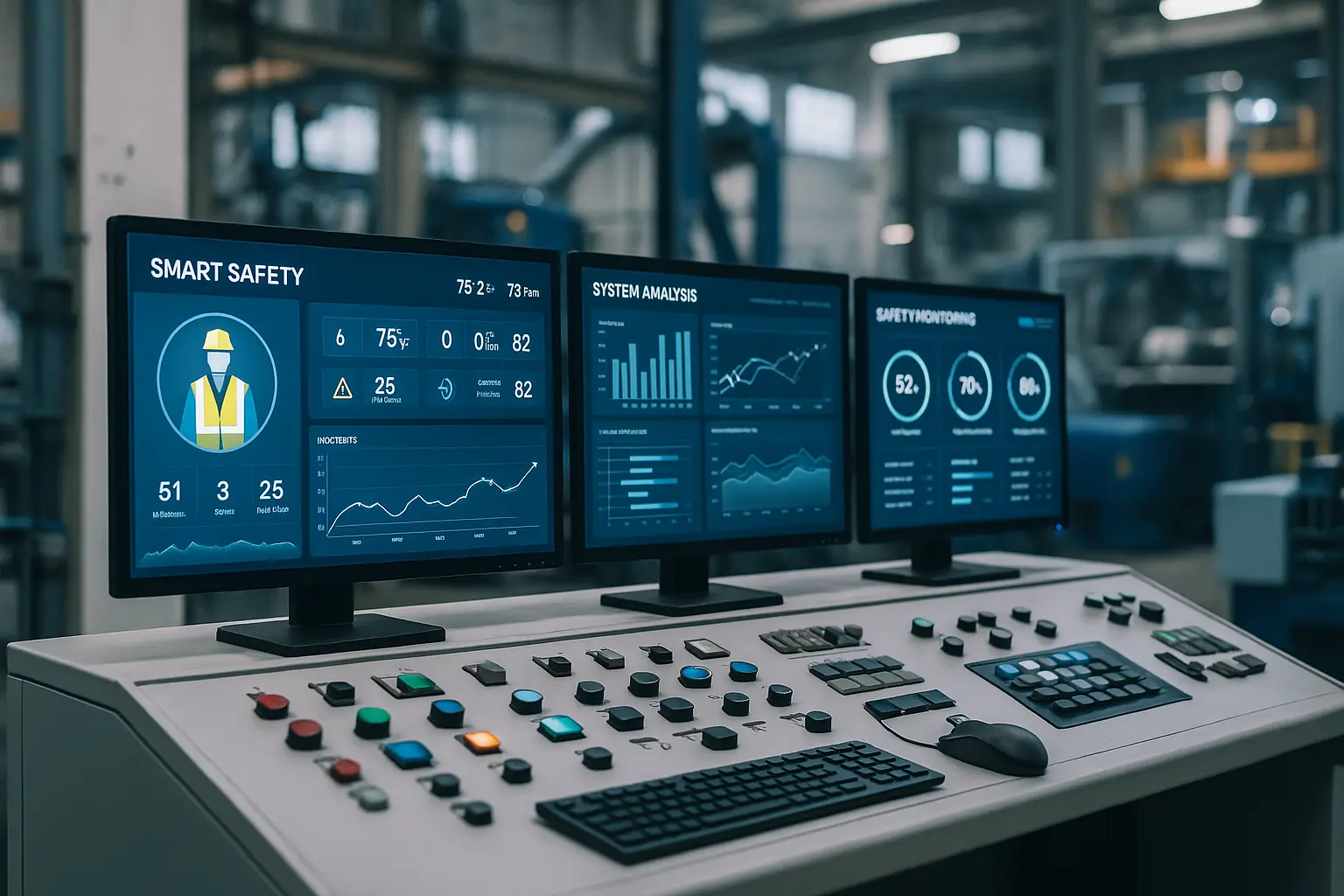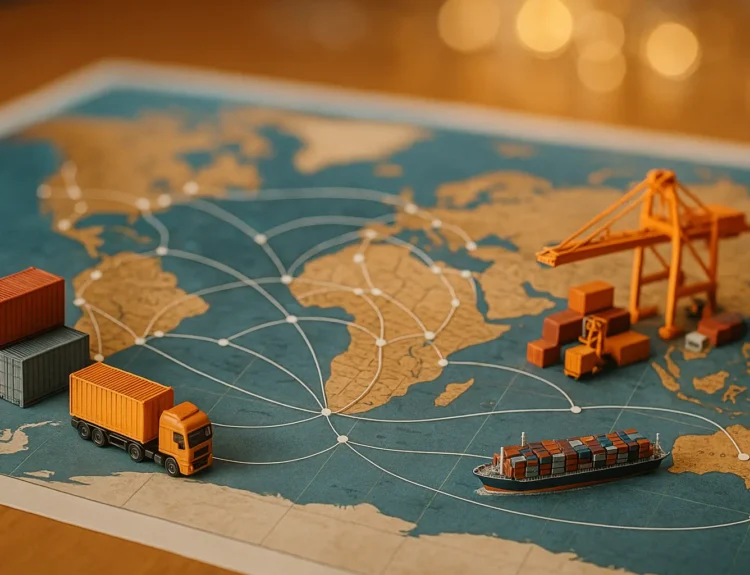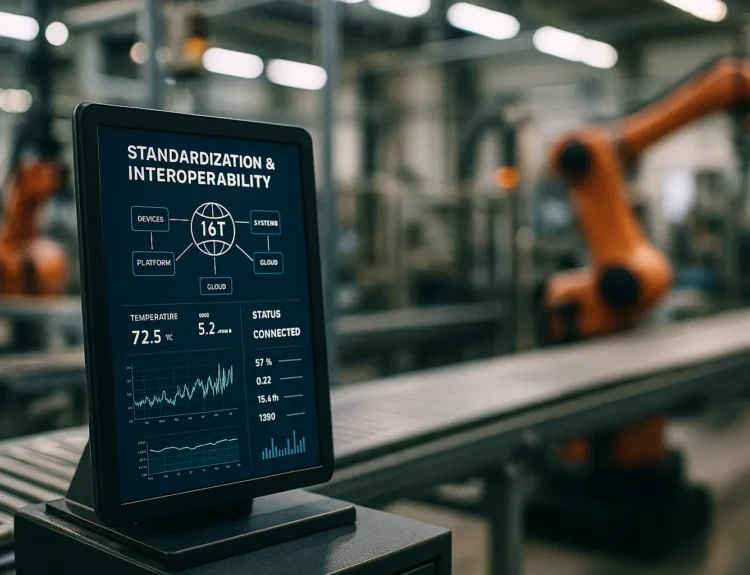In the present age of unparalleled technological advancements, the landscape of industrial safety is undergoing a remarkable transformation. As we navigate the intricate pathways of workplace safety, we are continuously seeking innovative solutions that not only enhance the wellbeing of workers but also streamline management processes. Today, we delve into the realm of smart safety systems—a fusion of technology and safety measures designed to elevate the industrial environment, making it safer, more efficient, and profoundly proactive.
At the core of this revolution are sensor technologies and real-time data monitoring systems. These smart systems are redefining safety protocols, enabling us to preemptively address potential risks rather than reactively respond to incidents. Our focus on safety, management, and technology ensures a robust framework that fosters a culture of health and security across industrial sectors. Join us as we explore the multifaceted dimensions of modern safety systems, dissecting their components, impacts, and future prospects.
The Anatomy of Smart Safety Systems
In the heart of every industrial operation lies the unwavering commitment to safety. The integration of smart technologies has revolutionized the way we approach safety, weaving a complex web of systems that prioritize worker health and risk management. These solutions are a symphony of sensors, data, and machine learning algorithms, designed to provide a synergistic safety net in industrial environments.
Sensors are pivotal in this orchestration, acting as the eyes and ears of the system. From temperature and humidity monitors to motion detectors, these devices collect critical data that are analyzed in real-time to ensure optimal working conditions. But the magic doesn’t stop at data collection; it’s the processing of this data that transforms it into actionable insights.
Real-time monitoring systems play an instrumental role here. By constantly observing the environment, they allow us to predict potential hazards before they manifest, empowering us to implement preventative measures. This proactive approach not only safeguards workers but also optimizes operational efficiency, reducing downtime caused by workplace incidents.
Furthermore, the amalgamation of artificial intelligence and data analytics has propelled us into a new era of risk management. By identifying patterns and trends, we can anticipate potential safety breaches and deploy resources accordingly. Google, a pioneer in data-driven technologies, has been instrumental in this evolution, providing the tools necessary to harness the power of data effectively.
This intricate interplay of technology and safety measures forms the backbone of modern industrial safety systems, ensuring that our workplaces remain not only safe but adaptable to evolving challenges.
Harnessing Real-Time Data for Enhanced Safety
In the bustling corridors of industrial sites, where each movement is a dance of precision and speed, the ability to make informed decisions is paramount. Real-time data monitoring emerges as a linchpin in the arsenal of smart safety systems, providing us with the intelligence needed to maintain a secure and efficient work environment.
By leveraging real-time data, we can establish a continuous feedback loop that informs us about the current state of operations. This allows us to swiftly identify anomalies or deviations from the norm, which might signal potential risks. With a robust system in place, real-time data becomes a beacon of safety, illuminating the path to informed decision-making.
The genius of real-time monitoring lies in its ability to mitigate risks before they escalate into crises. For instance, a slight increase in machinery temperature detected in real-time can prompt immediate corrective measures, preventing equipment failure and ensuring worker safety. The symbiotic relationship between technology and workers becomes evident as data-driven insights lead to more informed decisions, fostering an environment where safety and productivity coexist harmoniously.
Furthermore, the integration of cloud-based systems enables seamless data sharing across platforms, ensuring that everyone involved in the safety chain, from floor managers to upper management, stays informed. This democratization of data fosters a culture of transparency and accountability, empowering everyone to take ownership of safety outcomes.
In the modern industrial landscape, real-time data monitoring isn’t just a technological advancement—it’s a paradigm shift, fundamentally altering how we perceive and implement safety measures in the workplace.
The Role of Sensors in Creating a Safer Workplace
When we think of transforming the industrial workplace into a bastion of safety, one cannot overlook the pivotal role of sensors. These diminutive devices have become the unsung heroes of smart safety systems, tirelessly working behind the scenes to ensure worker safety and enhance operational efficiency.
At the core of this technology-driven safety initiative is a diverse array of sensors, each tailored to monitor specific aspects of the industrial environment. Whether it’s gas detectors ensuring air quality, thermal sensors preventing overheating, or motion sensors safeguarding against unauthorized access, these devices collectively form an intricate system dedicated to risk mitigation.
The power of sensors is magnified when integrated into a unified system that communicates continually. By feeding data into a centralized hub, sensors provide a comprehensive overview of the workplace’s safety status. This constant flow of information allows us to maintain a vigilant eye on potential hazards, enabling swift interventions when necessary.
But the true potential of sensors is unleashed when combined with predictive analytics. By analyzing historical data, we can identify patterns that may indicate emerging risks. This foresight allows us to customize our safety measures, ensuring they are as dynamic and adaptable as the challenges we face.
In essence, sensors are the linchpins of a smart safety ecosystem, acting as proactive sentinels that safeguard our most valuable asset—our workforce. Through continuous monitoring and intelligent data processing, sensors are instrumental in crafting a safer and more resilient industrial workspace.
In the harmonious blend of technology and safety, we find a symphony that underscores the importance of smart safety systems in modern industry. As we’ve explored, the integration of sensors, real-time data, and advanced technologies represents a profound shift in how we approach and manage safety in the workplace.
It’s essential to recognize that these systems aren’t merely technological marvels; they are a testament to our commitment to creating environments where health and safety are prioritized. As we move forward, the continuous evolution of smart safety systems promises to redefine the industrial landscape, ensuring that we remain at the forefront of protecting our workers and optimizing our processes.
Let’s embrace this technological revolution, understanding that within its complexity lies the simplicity of a singular goal: a safer, more efficient, and ultimately more human workplace. As Google and other industry leaders continue to innovate, we are inspired to push the boundaries of what’s possible, ensuring that safety remains an integral part of our technological narrative. Together, let’s orchestrate a safer future, where the melody of innovation echoes through every corridor of industry.
FAQ
What are smart safety systems in the context of modern industry?
Smart safety systems refer to advanced technologies and solutions designed to enhance safety in industrial environments. These systems often integrate sensors, IoT devices, and data analytics to monitor conditions and prevent accidents, ensuring a safer workplace.
How do smart safety systems improve workplace safety?
These systems continuously monitor industrial processes and environments, identifying potential hazards in real-time. By providing instant alerts and automated responses, they help mitigate risks and prevent accidents, ensuring a safer working environment for employees.
What are some examples of technologies used in smart safety systems?
Smart safety systems often utilize technologies such as IoT sensors, machine learning algorithms, real-time data analytics, wearable safety devices, and automated shutdown mechanisms. These technologies work together to predict and prevent safety incidents.
How do smart safety systems contribute to operational efficiency?
By minimizing accidents and downtime, smart safety systems help maintain consistent production levels and reduce costs associated with workplace incidents. Additionally, real-time monitoring and data analytics can streamline operations and maintenance schedules.
What industries can benefit the most from implementing smart safety systems?
Industries with high-risk environments, such as manufacturing, construction, oil and gas, and mining, can benefit significantly from these systems. However, any industry aiming to enhance safety and operational efficiency can leverage these technologies.



